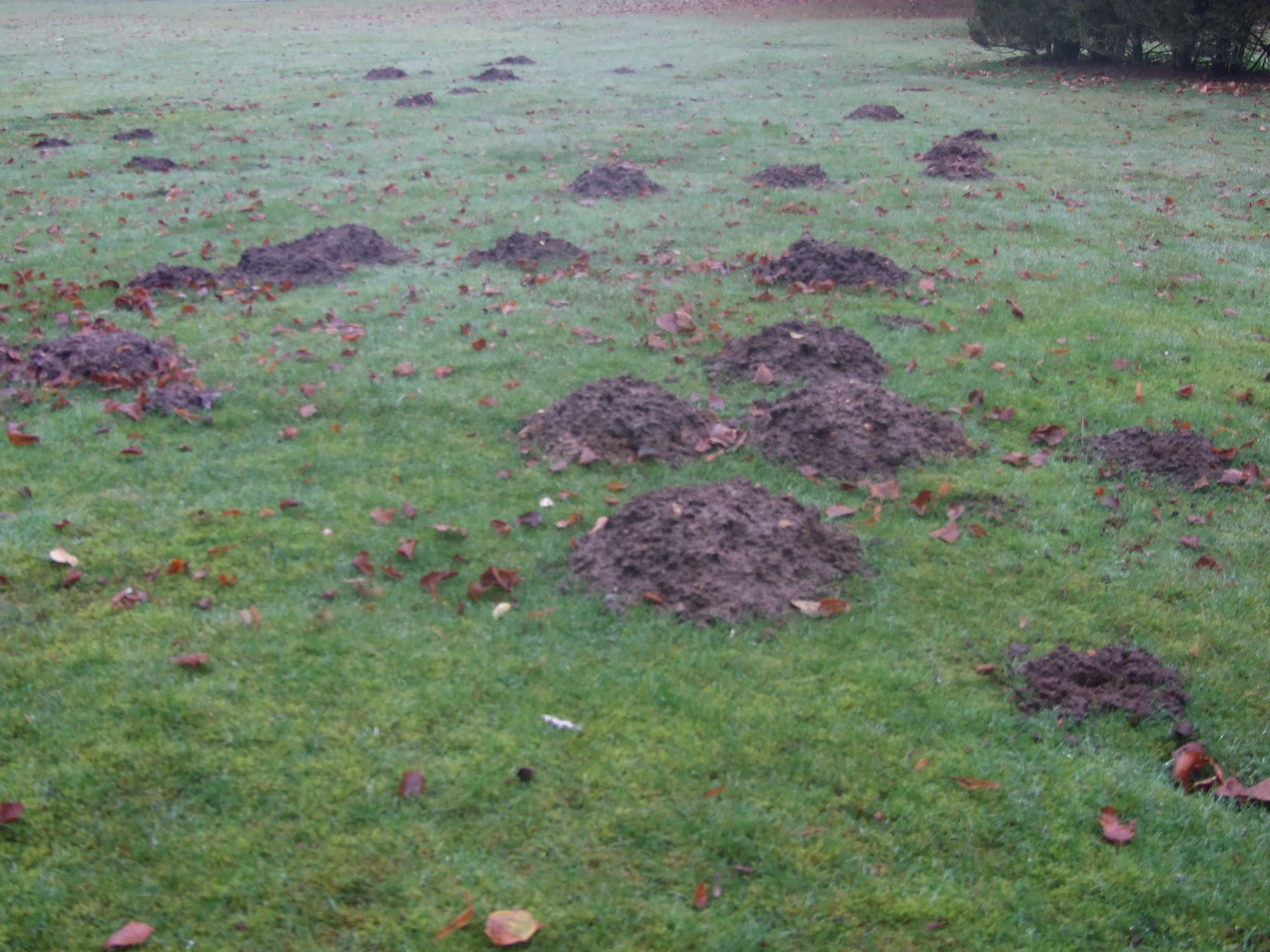MOLE PROBES
Your first contact with the moles environment will be made with a probe. The tool that is used to detect the presence of moles runs and tunnels beneath the surface. It is obvious that this contact is required to be made in such a way that enables the operator to contact with this underground world without causing unnecessary alarm to any mole present.
The choice of probe is personal to each individual and many will have a favourite as it is the item that they can associate with, however many will choose the wrong implement. The diameter of the rod is important as it must enter through the soil and puncture the tunnel roof, thick rods or those with a bullet welded on the end which are designed for the administration of gas should be avoided for trap placement. These thicker rods are made for the insertion of the gas application tool which is pushed down the shaft made by the rod. Many of these thicker probes are promoted as mole probes which suggests the use for trap placement. These thicker rods damage the tunnel roof which will possibly alert the mole to a disturbance. Disturbance to the tunnel roof is permissible if the trap is to be placed where the rod has entered the tunnel,. However , if the tunnel is not to be used and has been damaged it will inform the mole to potential danger.
To avoid any pre-warning to a target mole, it is advised to use a probe with a rod diameter of no larger then 10 mm and no thinner then 8 mm
These diameters will not damage the tunnel with careful use- the 10 mm diameter is ideal for soil with a moisture retention or for those new to the exciting world of mole tunnel detection. The slightly thicker diameter will reveal the entry of the tunnels slightly easier then the thinner 8 mm diameter in both wet and normal soil conditions but still beware of causing unnecessary damage with the thicker 10 mm probe in normal soil conditions.
The 8 mm diameter is the normal size for standard soil conditions and with practice you will soon understand fully the story it reveals in the ground as it enters through to the tunnels.
Talpa Probes come with a hardwood handle which is kind to the hand and avoids the forceful use as with a T handle probe used for gas applications. A T shaped handle encourages more of a forceful use which can cloak the discovery of a tunnel in some soil conditions.
Comfort in use can be achieved either with the handle slightly off set to the rod reducing any strain on the wrist and you will then be presenting the probe as an Olympic fencer with a foil as an extension to the arm. Talpa Probes are produced with a slight angle from the handle to the rod- if you prefer a straighter handled probe please specify before order
As explained practice is required with the use of these probes before you become fully proficient and you may find the thicker 10 mm probe easier to detect the tunnels, there is nothing wrong in having both sizes in your kit and prepared for what ever soil type is presented to you.
To purchase your mole probes go to the shop link below


